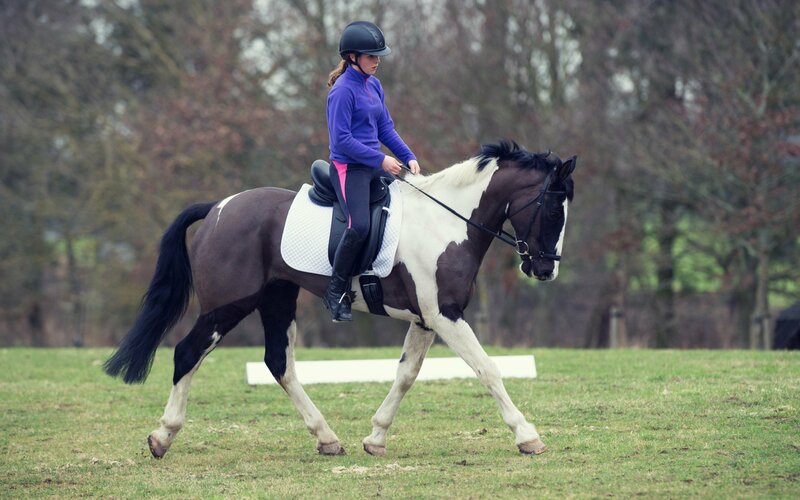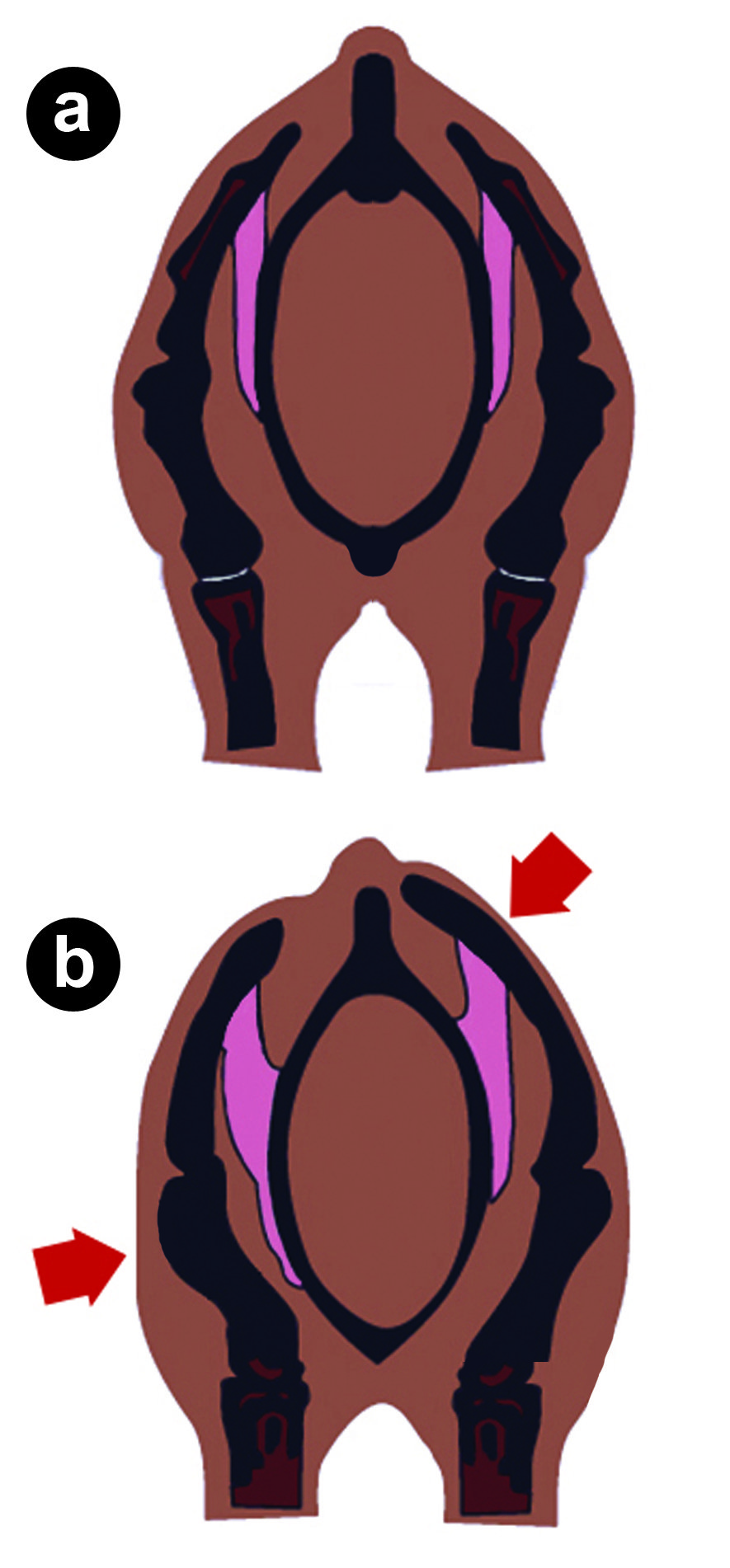
How to develop symmetry in your horse
The majority of horses display a degree of asymmetry (just like people), which can give rise to unlevel movement, but unlevel movement is not necessarily the same as unsoundness; it can sometimes be addressed with training to resolve the asymmetry.
If we can help our horses to develop symmetry, we can help them to stay sound. So, what can we do to help? Here are some ideas.
If we can help our horses to develop symmetry, we can help them to stay sound. So, what can we do to help? Here are some ideas.
1) WE CAN TRAIN A HORSE CORRECTLY FROM THE START
- Lunging without the rider is a good way to identify asymmetry and also a good therapy for it, but note that this is only the case if the lunging is done correctly.
- Lunging a horse before you ride it will help develop flexibility and therefore straightness, as well as warming up the muscles before you mount.
- When schooling your horse make sure they carry their head and neck straight, and that you don’t spend your whole sessions on the track with the horse’s quarters swinging in.
- Ride into the corners of the school on both reins. If you don’t the horse does not bend properly and does not learn to use its hind leg to engage.
- Ride with purpose and a plan. Pick up a contact and ride definite shapes. Small circles left and right, a little leg yield out of the circle. Teaching the horse to yield to pressure, i.e. flex right or left to pressure in one side of its mouth from the rein, move away from the pressure from the leg. This yielding to pressure is the foundation of how we communicate with horses when riding.
- Try riding on squares. Start with a 10m square in walk with quarter pirouettes at the corners, progress to trotting 15m squares, and finish cantering 20m squares.
- When doing trot work on the road, make sure you regularly change the diagonal that you sit on. Most riders and horses have a favoured diagonal because it’s more comfortable, but it’s important that you sit on the uncomfortable one as well to even the horse up.
- Try to use gallops where you can go right-handed and left-handed.
- Teach your horse to go in self-carriage and to balance over its own four legs, and not use the rein as a crutch.
2) WE CAN MAKE SURE OUR EQUIPMENT IS A HELP NOT A HINDRANCE
- Saddles need checking regularly, at least every six months, to ensure the flocking is even and the tree hasn’t twisted or broken.
- Make sure your bit and noseband are level.
- Make sure your stirrups are even. Hole number 12 one side is not always the same as hole number 12 on the other. Look in a mirror or get someone to check for you.
3) WE CAN THINK ABOUT OUR SYMMETRY AS A RIDER
- Ask your coach to critique your position.
- Get a friend to video you – the camera doesn’t lie.
- Visit a physiotherapist for some treatment to straighten you out. Ask them to set you some exercises to maintain the new posture.
- Good posture on a horse starts on the ground, so be strict with yourself in your everyday movements, how you sit on a chair, how you walk, and so on.
- Sign up for some pilates or buy yourself a swiss ball.
- Develop your core strength and stability because.
The below diagram from Schleese Saddlery shows a cross-section of a horse displaying a) an even skeletal structure and b) a distinctly higher left shoulder blade with a stronger humerus on the right

